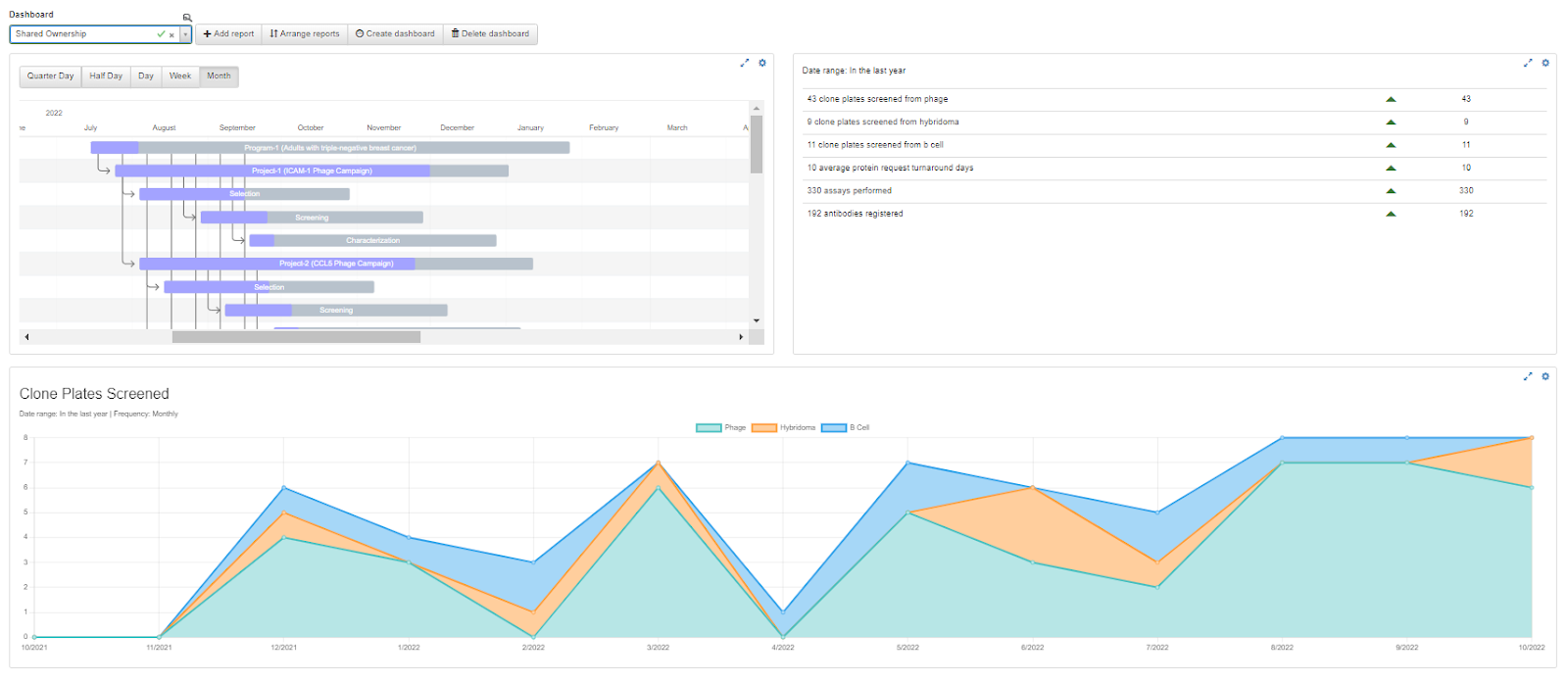This article is Part 2 in a 5 part series on the fundamentals of DrugOps. In case you'd like to jump directly any of the other sections please find the links below:
Shared Ownership in Drug Discovery
Imagine you've decided to build a house and you hire the very best plumber, electrician, carpenter, and bricklayer as your housebuilding team. You tell the plumber how many feet of pipe for the X bathrooms in the house, the electrician how many yards of wire for the Y fixtures, the carpenter how many board-feet of lumber for the Z bedrooms, and the bricklayer how many tonnes of bricks for the N x M house. Then you ask them to hold each other accountable for the house's success and to speak up whenever they see anything go wrong. After that, you sit back and wait for your house to be built.
Leaving aside how few people are involved, you're obviously never going to get your house built because nobody knows the actual plan. Maybe the plumber and electrician can fit the amount of pipe and wire specified into a N x M house with X bathrooms, Y fixtures, and Z bedrooms, but it depends (a lot) on the choices the carpenter makes when he frames the rooms. Without a clear plan, everyone is left guessing, with the added finger-pointing and recrimination when the plumber blames the carpenter for organizing the rooms the wrong way for the amount of pipe.
This is certainly not a team sharing ownership of the mission. Leadership - that's you in this case - hasn't discussed the entire plan with the entire team, so nobody knows how their goals relate to the ultimate goal. That leaves everyone scrambling in their own silos to best achieve the task in front of them. Since the ultimate plan is ill-defined for everyone on your housebuilding team, any obstacle posed by another person's work simply becomes evidence of something they did wrong.

Alongside workflow automation and rapid feedback, shared ownership is one of the essential elements of DrugOps. At its heart, shared ownership is about breaking down silos and fostering a collaborative spirit. It requires that everyone know the company's goals, the teams' goals, and their own goals, and be collectively empowered and engaged in seeing them through. The best way we know of to do this is to write the company and team goals down, share them widely, discuss them regularly, and update them as needed.
- Understanding the company's goals allows everyone to connect what they're working on to the larger mission and to make the right decisions about priorities from day to day.
- Understanding each team's goals fills in the big picture about how the entire company is working towards its ultimate goals.
- Being collectively empowered means having the freedom within whatever constraints may exist to decide how best to pursue individual and team goals.
- Being collectively engaged requires that teams and colleagues hold one another accountable for their goals but proactively help one another accomplish those goals.
Choose SMART goals - specific, measurable, achievable, relevant, and timely - and don’t shy away from putting concrete numbers behind them. For example, working backwards from the company goal of an IND filing, these numbers could be the average throughput needed from each group to meet the filing deadline. Once agreed upon, put the goals where everyone can see them. In StackWave’s Affinity, both qualitative and quantitative goals can be listed on the company dashboard, and reports on metrics for each team displayed alongside them:

When we talk about “everyone’s goals,” we mean both the scientific and operations teams. If the operations team is trying to keep spending below a certain amount per year to achieve sufficient runway to hit a milestone or file an IND, scientific teams can't help if they don't know where the company stands relative to that goal. Conversely, if certain upcoming projects are crucial to hitting those milestones or filing that IND, the operations team needs to understand the priorities so they can make sure the resources are available.
While financial resources are important, they aren’t the only way for scientific and operations teams to share ownership. Let’s say the protein expression team’s throughput has fallen for a couple of months, endangering its goals. Is a discovery campaign bringing too many difficult-to-express proteins forward? Are too many projects requesting protein expression simultaneously, overloading the expression team? Whatever the cause, this is an opportunity for everyone to pitch in to help the expression team restore their throughput.
The operations team can rearrange routine parts of the meeting schedule to free up time in the near term and take on any non-technical aspects of the expression team’s work, such as distributing or delivering aliquots. Small groups drawn from other teams can take turns spending a week assisting with the expression work. If team members have the flexibility to stay late to continue working through the backlog, the company can cater dinner for them.
Once the expression team is on track for its goals again, it’s time to gather feedback and look for ways to improve the process to avoid getting off track again in the future. This is a crucial element of Rapid Feedback. The company should come together to review what happened and find ways to improve as a group - a process we in the software engineering world call a retrospective. There could be new practices put into place, or opportunities to exploit Workflow Automation to provide the expression team with additional leverage.
If you'd like to continue reading, check out Part 3 of this series, Transforming Sequence Analysis into an Automated Workflow.